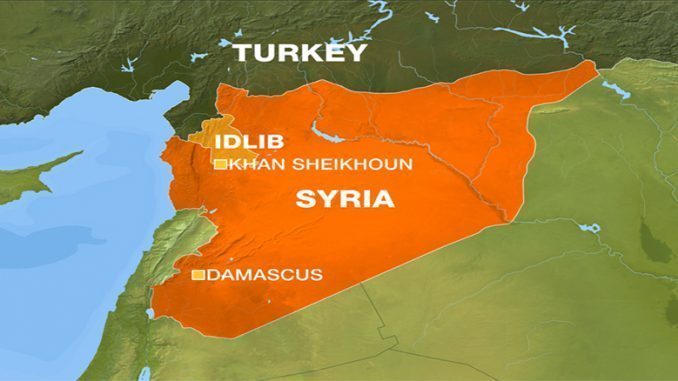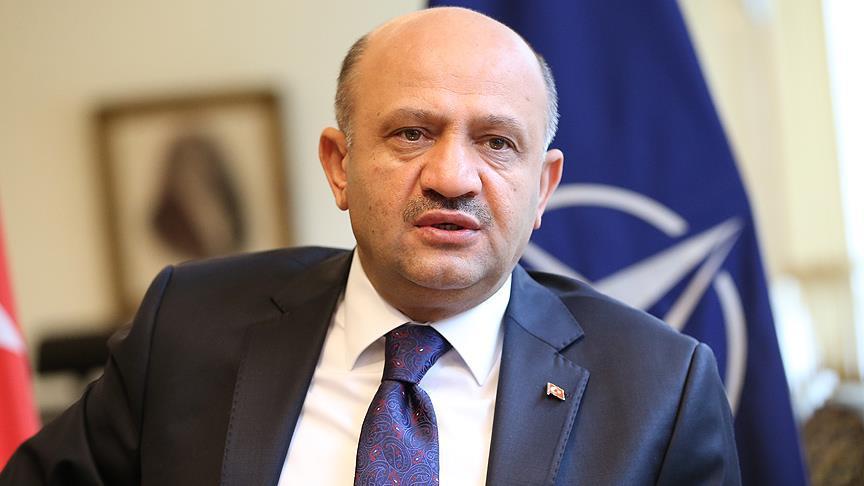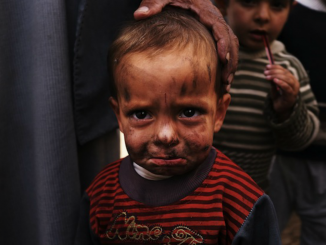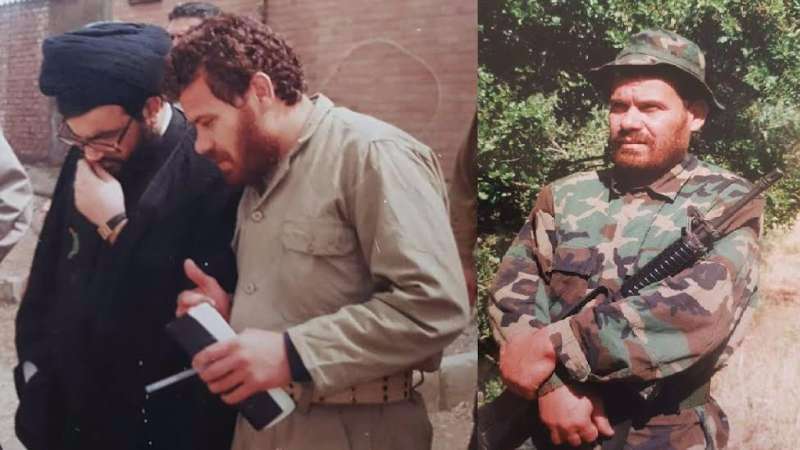
During the offence, the Air Force conducted 294 airstrikes on 81 Daesh targets and the FSA joined the operation with around 5,000 fighters. First, the city of Jarabulus was cleared of Daesh militants. Then, the al-Bab offensive was launched on Nov. 6, 2016, and ended on Feb. 23, 2017. As of Feb. 25, 2017, 50,000 Syrian refugees in Turkey have returned to the areas that were taken under control since the beginning of the intervention. The infrastructural work in those areas, including access to clean water and electricity and reconstruction of hospitals and schools, has been conducted with Turkey’s support.
When Euphrates Shield began, the fight was in coordination with Russia to a large extent, and with the U.S. during the first phase. But as time passed, the U.S. support for the YPG increased. As the U.S. front moved closer to the YPG and farther from Turkey in Syria, Ankara started searching for alternative ways to enable de-confliction zones in Syria with Iran and Russia, the other actors in the Astana process, although close contact with the U.S was maintained.
Iranian Chief of Staff Gen. Mohammad Baqeri issued a statement following his visit to Ankara in which he expressed that they agreed that the Syrian government should control northern Syria, which consolidated the impression that Turkey agreed with Iran and Russia with an aim to protect Syria’s territorial integrity despite Ankara’s ongoing opposition to Bashar Assad. Chief of General Staff Gen. Hulusi Akar is expected to pay a return visit to Tehran.
In this sense, the first objective seems to be cleansing Idlib from conflict. This process, during which Russia, Iran and Turkey will try to take on moderator and observer roles as the coordinators of the Astana process, will not be easy. However, Ankara is disturbed that the U.S. did not keep its promise of cleansing the outlawed PKK’s Syrian affiliate Democratic Union Party (PYD) from Manbij and turned the YPG almost into a regular army by rebranding it as the Syrian Democratic Forces (SDF). Therefore, the primary goal seems to be rendering Idlib a de-confliction zone to end the YPG’s terror corridor that targets reaching the Mediterranean.
* Hilal Kaplan is a Turkish columnist. She writes for Daily Sabah Turkish newspaper. (Published in Daily Sabah, on Friday, August 25, 2017)




